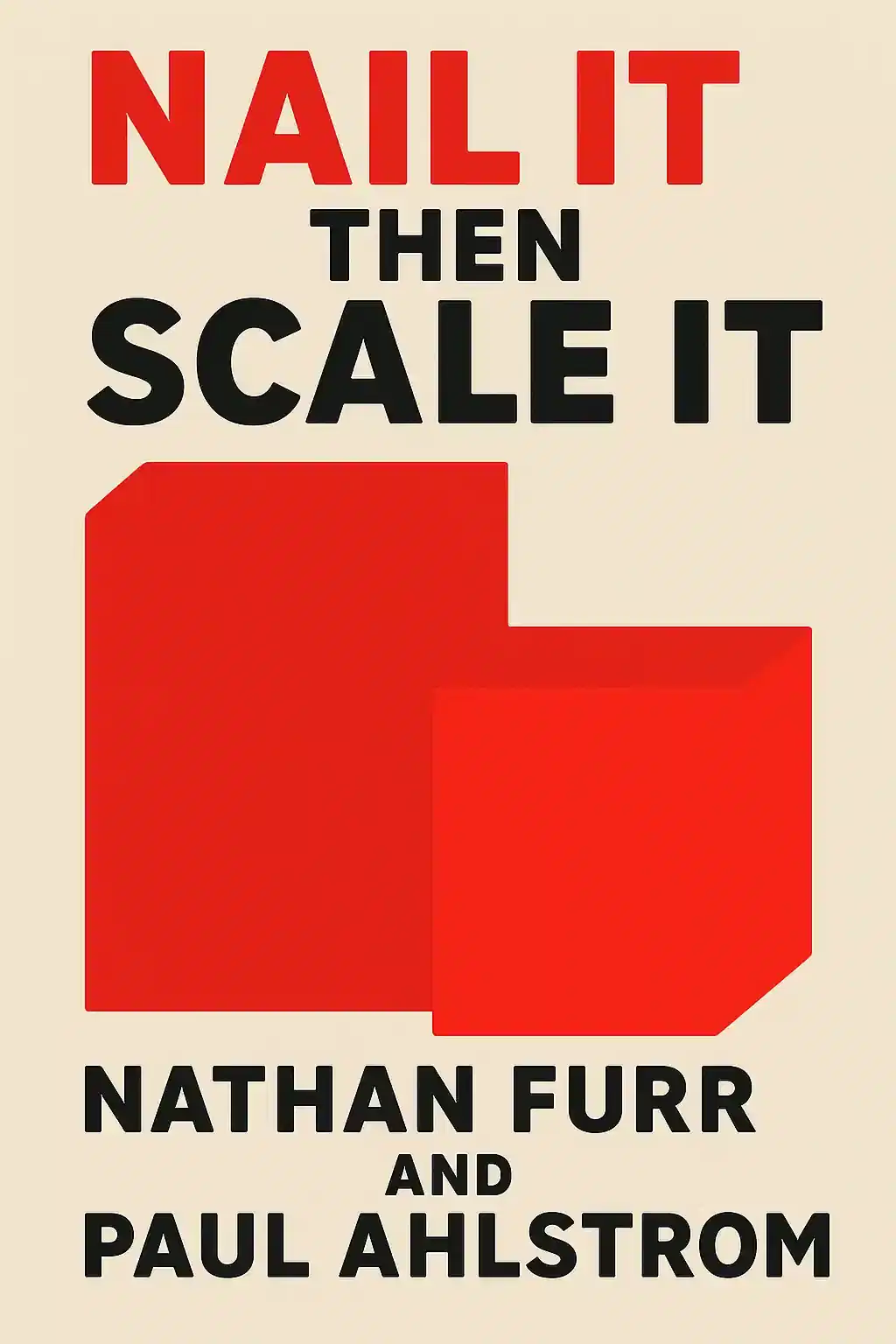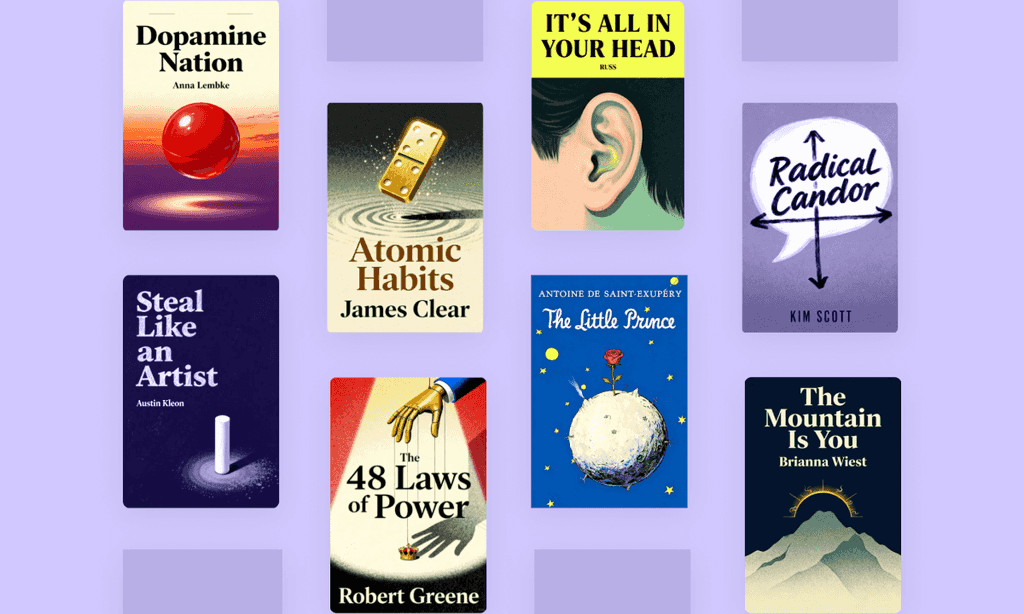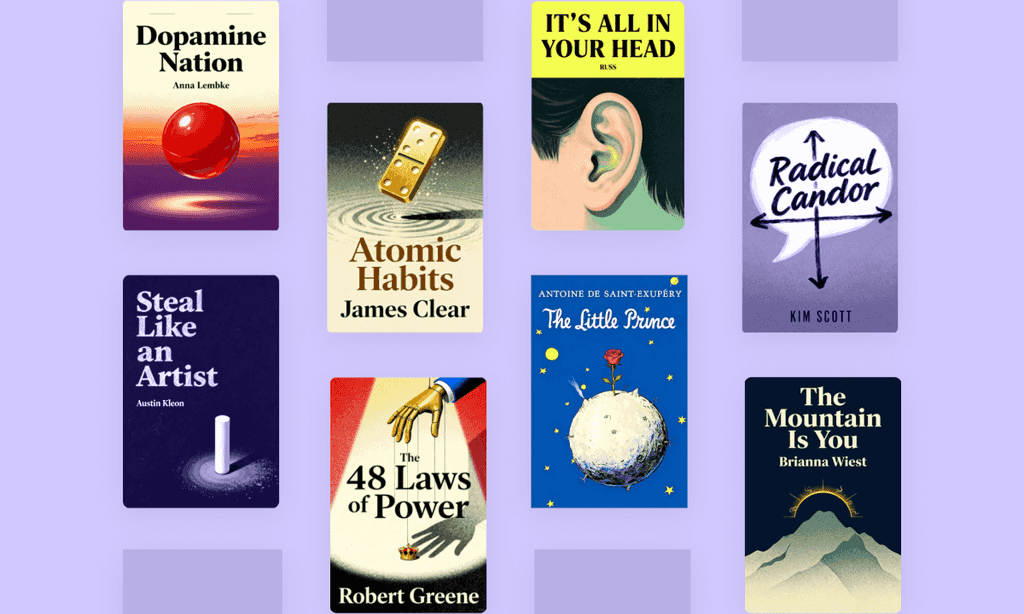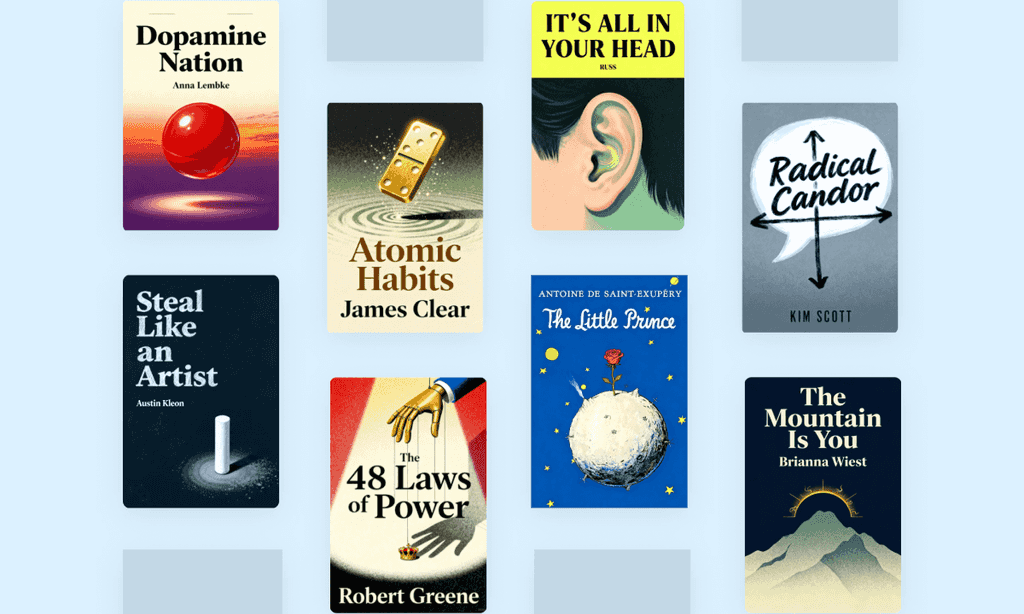
Nail It then Scale It by Nathan Furr and Paul Ahlstrom Summary
"Nail It Then Scale It" revolutionizes startup strategy by demanding you perfect your product before expanding. Ryan Smith of Qualtrics credits this methodology for their international success. Why do entrepreneurs prefer this over "The Lean Startup"? Because it delivers what Silicon Valley craves - certainty amid chaos.
About the author
Nathan Furr and Paul Ahlstrom, co-authors of Nail It Then Scale It: The Entrepreneur’s Guide to Creating and Managing Breakthrough Innovation, combine academic rigor with venture capital expertise to redefine lean startup methodologies. Furr, a bestselling author and INSEAD strategy professor, bridges scholarly research on innovation with practical entrepreneurial frameworks. Ahlstrom, managing director of Alta Ventures and a serial entrepreneur, brings 30+ years of venture capital experience, having raised over $1B for 125+ startups. Their collaboration merges Furr’s data-driven insights with Ahlstrom’s battle-tested strategies for scaling businesses.
The book, a business and entrepreneurship staple, emphasizes validating customer pain points before scaling—a counterintuitive approach that challenges conventional startup wisdom. Furr’s academic work at Stanford and Harvard informs the systematic process, while Ahlstrom’s success with companies like Qualtrics (later sold to SAP) grounds it in real-world execution. Their methodology is taught in top MBA programs and endorsed by founders globally.
Praised for its actionable advice and case studies, Nail It Then Scale It holds a 4.14/5 Goodreads rating and is frequently compared to Eric Ries’ The Lean Startup. The authors’ ongoing thought leadership—through lectures at institutions like BYU and Furr’s research on innovation—reinforces their authority. Their venture fund, Alta Ventures, has backed startups generating billions in revenue, proving the framework’s scalability.
FAQs About This Book
Nail It Then Scale It outlines a 5-step entrepreneurship framework focused on validating assumptions before scaling. Authors Nathan Furr and Paul Ahlstrom emphasize testing customer pain points, solutions, and business models through real-world feedback, avoiding the pitfalls of untested ideas. The process includes nailing the pain, solution, go-to-market strategy, business model, and scaling—prioritizing iterative learning over guesswork.
Aspiring entrepreneurs, startup founders, and business students will benefit most. The book provides actionable tools for validating ideas, making it ideal for those launching high-growth ventures or seeking to avoid common scaling mistakes. Executives managing innovation teams will also find value in its systematic approach.
Yes—it’s a practical guide for minimizing startup risk through validation. Unlike generic entrepreneurship books, it offers a structured methodology with tools like smoke tests, hassle tests, and customer interview templates. Over 50% of surveyed entrepreneurs reported avoiding costly pivots using its principles.
The five-phase framework:
- Nail the Pain: Validate customer frustrations via interviews and tests.
- Nail the Solution: Build a minimum viable product (MVP) addressing core needs.
- Nail the Go-to-Market: Test pricing and distribution channels.
- Nail the Business Model: Use a business model canvas to map profitability.
- Scale It: Expand only after validating all prior stages.
Traditional models rely on untested assumptions, while Furr and Ahlstrom’s approach mandates real-world validation. For example, smoke tests (e.g., dummy landing pages) and hassle tests quantify demand before development, reducing failure risks. This contrasts with the “build first, ask later” mindset that plagued many dot-com failures.
- Smoke tests: Measure interest via ads and landing pages.
- Hassle tests: Gauge problem severity using customer ratings.
- Customer interview templates: Structured scripts to avoid biased questioning.
- Business model canvas: A visual tool to map revenue streams and costs.
Some argue the process can be overly rigid for industries requiring rapid iteration. Others note that thorough validation may delay time-to-market—though the authors counter that premature scaling risks higher long-term costs.
Furr, a Stanford PhD and INSEAD professor, analyzed 100+ startups to identify patterns in successful scaling. Co-author Paul Ahlstrom, a seasoned venture capitalist, adds 实战 insights from funding high-growth ventures like Omniture.
Only after achieving three validations:
- Consistent customer demand (e.g., 50%+ hassle test scores).
- A profitable business model.
- Repeatable sales processes.
Case studies like Craigslist and eBay highlight the dangers of scaling too early.
The canvas helps entrepreneurs visualize key components like revenue streams, partnerships, and costs. It’s a “living document” updated as assumptions are tested—ensuring adaptability. For example, Craigslist scaled sustainably by refining its model before expanding.
It contrasts successful companies (e.g., eBay’s customer-focused growth) with dot-com-era failures that scaled prematurely. The Craigslist case study demonstrates delegating to experts (e.g., hiring a CEO) to manage scaling complexities.
Both emphasize validation, but Furr’s framework adds structured phases and specific tools like hassle tests. While The Lean Startup focuses on pivoting, Nail It prioritizes pre-scaling validation to minimize pivots.
Quick Summary Mode - Read or listen to Nail It then Scale It Summary in 9 Minutes
Break down key ideas from Nail It then Scale It into bite-sized takeaways to understand how innovative teams create, collaborate, and grow.
Flash Card Mode - Top 8 Insights from Nail It then Scale It in a Nutshell
Distill Nail It then Scale It into rapid-fire memory cues that highlight Pixar’s principles of candor, teamwork, and creative resilience.

Fun Mode - Nail It then Scale It Lessons Told Through 25-Min Stories
Experience Nail It then Scale It through vivid storytelling that turns Pixar’s innovation lessons into moments you’ll remember and apply.
Personalize Mode - Read or listen to Nail It then Scale It Summary in 0 Minutes
Ask anything, pick the voice, and co-create insights that truly resonate with you.

From Columbia University alumni built in San Francisco
See More Stories?

Get the Nail It then Scale It summary as a free PDF or EPUB. Print it or read offline anytime.
























